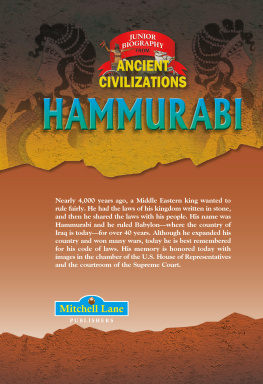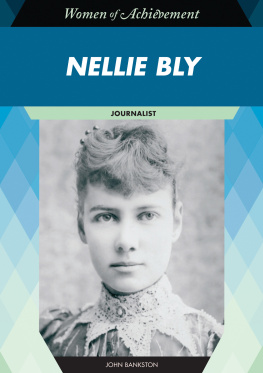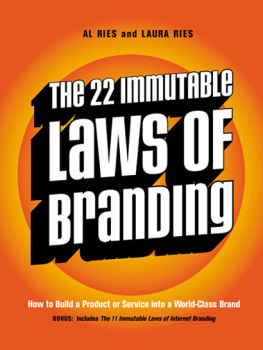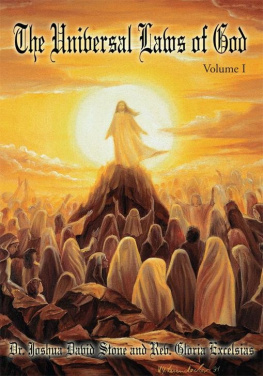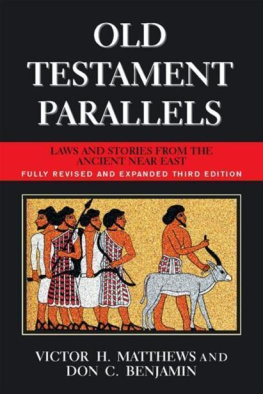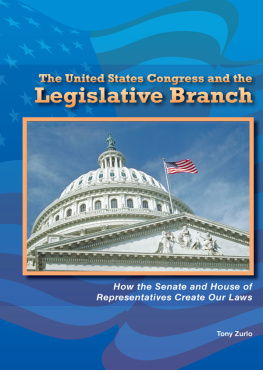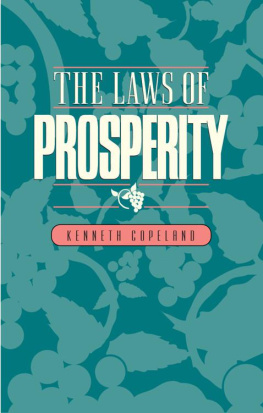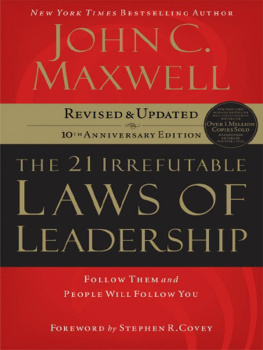


Alexander the Great Archimedes Augustus Caesar Buddha Charlemagne Cleopatra Confucius Genghis Khan Hammurabi Hippocrates Homer Julius Caesar King Arthur Leif Erikson Marco Polo Moses Nero Plato Pythagoras Socrates
Copyright 2018 by Mitchell Lane Publishers
All rights reserved. No part of this book may be reproduced without written permission from the publisher. Printed and bound in the United States of America.
ABOUT THE AUTHOR: Born in Boston, Massachusetts, John Bankston began writing articles while still a teenager. Since then, over two hundred of his articles have been published in magazines and newspapers across the country, including travel articles in The Tallahassee Democrat. The Orlando Sentinel, and The Tallahassean. He is the author of over ninety books for young adults, including biographies of Alexander the Great, reporter Nellie Bly, scientist Stephen Hawking, author F. Scott Fitzgerald, and actor Jodi Foster. He is also a content writer for the business school website TopMBA.com.
PUBLISHERS NOTE: The facts on which the story in this book is based have been thoroughly researched. Documentation of such research can be found on pages 4445. While every possible effort has been made to ensure accuracy, the publisher will not assume liability for damages caused by inaccuracies in the data, and makes no warranty on the accuracy of the information contained herein.
To reflect current usage, we have chosen to use the secular era designations BCE (before the common era) and CE (of the common era) instead of the traditional designations BC (before Christ) and AD (anno Domini, in the year of the Lord).
Printing 1 2 3 4 5 6 7 8 9
Library of Congress Cataloging-in-Publication Data
Names: Bankston, John, 1974- author.
Title: Hammurabi / by John Bankston.
Description: Hallandale, FL : Mitchell Lane Publishers, 2018. | Series: Junior biography from ancient civilizations | Includes bibliographical references and index.
Identifiers: LCCN 2017009114 | ISBN 9781680200188 (library bound)
Subjects: LCSH: Hammurabi, King of BabyloniaJuvenile literature. | Babylonia Kings and rulersBiography--Juvenile literature. | IraqHistoryTo 634Juvenile literature.
Classification: LCC DS73.35 .B36 2018 | DDC 935/.02092 [B] dc23
LC record available at https://lccn.loc.gov/2017009114
eBook ISBN: 9781-5457-4603-5
CONTENTS
Phonetic pronunciations of words in bold can be found on .

This oil painting of Hammurabi is appropriately displayed in the Department of Justice building in Washington, D.C.
CHAPTER
The Lawgiver
His son had disappeared without a trace and the man thought that he was dead. But eight years later, the man heard a rumor that his son was not dead. He was a slave for a wealthy landowner.
The father traveled to the area where his boy was enslaved. The landowner admitted that he had the boy. But he refused to return the boy to the father so he could go back home. The father was not rich like the landowner. He did not have any power. There was only one person who could help him: Hammurabi, the king of Babylon.
Most ancient kings spent their time fighting wars and trying to expand the territory of their kingdoms. King Hammurabi did fight wars and expanded his kingdom, but he also made time for his people. After hearing the fathers sad story, Hammurabi ordered the landowner to return the boy to his father. Then he went further. He ordered the landowner to be arrested and tried. It did not matter that the landowner was rich. He had broken the law.
Laws and rules affect everyone. Your school probably doesnt let you chew gum in class. Your parents might make you do your homework before allowing you to watch TV. If you play soccer, there are certain things that you cant do during the game, such as touching the ball with your hands. These are all examples of rules.
Outside of your school, your home, and your sports, there are many other rules. Drivers are not allowed to go over 25 miles per hour on some streets. Shoppers cannot take something from a store without paying for it. Employers cant refuse to hire a person because of the color of that persons skin. These rules are called laws.
Although Hammurabi was a king who ruled thousands of years ago, even the rich and powerful were expected to obey the law in his kingdom. A clay tablet had the message, I am Hammurabi, the king of justice.
Hammurabi created a set of laws called the Code of Hammurabi. Today, many of them seem odd or unfamiliar. Yet some of the ways in which laws are enforced now are connected to Hammurabi.
In the United States, voters elect the men and women who create new laws. These laws are written down and they usually apply to everyone. It was not always like this. For thousands of years, people did not have written laws, because a system of writing had not yet been created.
Early people lived together in small groups. They ate whatever they could kill or find in their environment. This was called hunting and gathering, and it was how they survived. Men usually hunted. Women gathered berries, seeds, and wild plants. They made their own tools and clothing. This way of life was not easy, and early people often went hungry.
These early people were called nomads. They could not stay in any one place for very long since they always had to hunt for new game and find new areas for gathering food that hadnt already been picked over. Until around 9000 BCE, nearly every person on earth lived this way. Then it changed.
No one knows exactly when or why people became farmers. Perhaps the nomads noticed that the seeds they had dropped were beginning to sprout. Eventually they planted those seeds. They also began raising animals instead of just hunting them. That meant they would stay in once place. Their days of hunting and gathering were over.

Great civilizations were born in humble farms, like those pictured in this illustration of Mesopotamia where animals provided both food and labor.
Many of the first farms lay in what is called the Fertile Crescent. This crescent-shaped region in the Middle East stretches from alongside the Nile River in Egypt to the Tigris and Euphrates Rivers in modern-day Iraq. Surrounded by desert, those rivers enriched the soil while providing a steady supply of water.
Farms changed the way people lived. After a nomad woman had a baby, she avoided raising another child until the first baby could walk. Permanent homes made it easier to raise more children. On a farm, young children who today would be in kindergarten worked alongside their parents in the fields.
As more people settled in the Fertile Crescent, they established villages. As a result, more food had to be produced to take care of the growing population. Protecting the new settlements farms and pastures was a matter of life and death. So villagers built walls and formed armies.
Village life allowed people to do other things besides farming. Some of them worked with metal, making tools and weapons. Others traded with people outside the village, bringing in different types of goods. There were also priests and priestesses, artists and storytellers.
Next page
